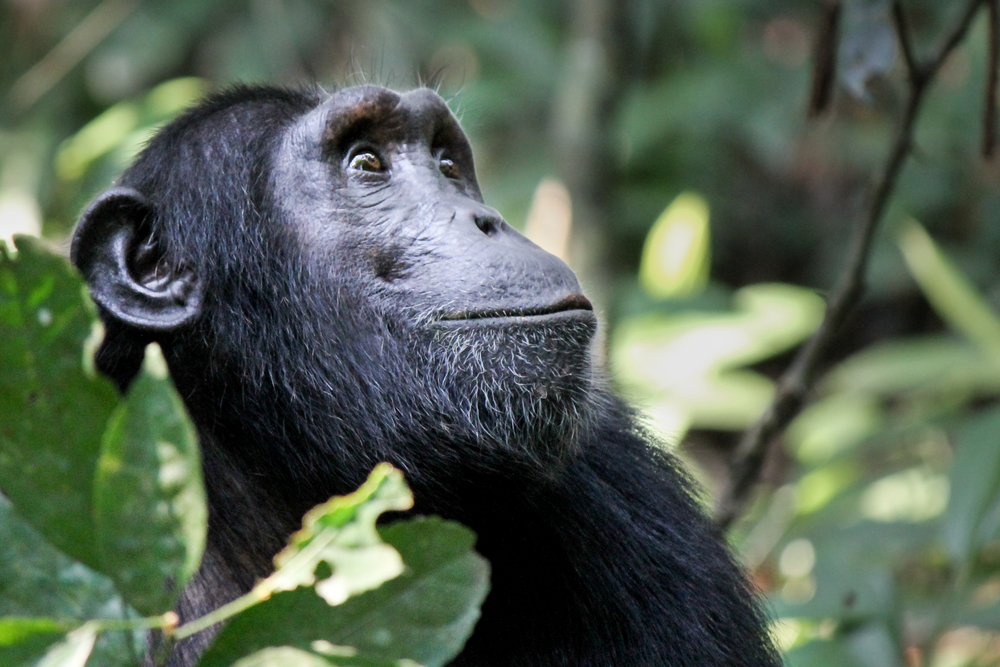Cantanhez Forest Overview
Cantanhez Forest National Park, locally known as “Parque Nacional das Florestas de Cantanhez”, is a vital conservation area located in southern Guinea-Bissau. Established in 2008, this park spans approximately 1,057 square kilometers (408 square miles) and plays a crucial role in preserving the region’s unique biodiversity and cultural heritage. As part of the country’s network of protected areas, Cantanhez Forest National Park serves as a haven for wildlife and a model for sustainable coexistence between nature and local communities.
The park’s terrain is a diverse mosaic of ecosystems, including dense tropical forests, mangroves, savannas, and tidal wetlands. These varied landscapes are interspersed with small rivers and estuaries, which provide critical water sources and connect the park to the Atlantic Ocean. The forested areas are dominated by towering trees, including oil palms, baobabs, and kapoks, while the mangroves protect the coastline and support rich marine life.
Cantanhez Forest National Park is renowned for its wildlife, particularly its population of chimpanzees. The park is one of the few places in the world where chimpanzees have adapted to living alongside humans, showcasing their remarkable behavioral flexibility. Other notable species include forest elephants, leopards, and a variety of antelope, such as duikers. The park is also a hotspot for birdlife, with species like the African grey parrot, palm-nut vulture, and malachite kingfisher frequently sighted. Reptiles and amphibians thrive in the wetlands, and marine species, including manatees and sea turtles, are found in the coastal areas.
Visitors to Cantanhez Forest National Park can engage in a range of activities that highlight its natural and cultural treasures. Guided forest walks and wildlife tracking provide opportunities to observe chimpanzees and other animals in their natural habitats. The park’s waterways are ideal for canoeing and exploring the mangroves. Birdwatching is particularly rewarding, given the park’s rich avian diversity. Cultural experiences, such as visiting local villages, offer insights into the traditional practices and harmonious coexistence between people and nature that have defined the region for generations.
Despite its ecological and cultural importance, Cantanhez Forest National Park faces challenges such as habitat degradation, illegal logging, and agricultural expansion. Conservation efforts led by Guinea-Bissau’s Institute for Biodiversity and Protected Areas (IBAP) focus on community-based management, environmental education, and habitat restoration. Collaborative initiatives with local communities aim to promote sustainable livelihoods while protecting the park’s biodiversity.
Cantanhez Forest National Park is a testament to the rich natural heritage of Guinea-Bissau. Its unique landscapes, endangered wildlife, and cultural significance make it a critical area for conservation and a compelling destination for eco-tourists. Protecting this park ensures the survival of its ecosystems and reinforces the importance of sustainable coexistence between humans and nature.











































































